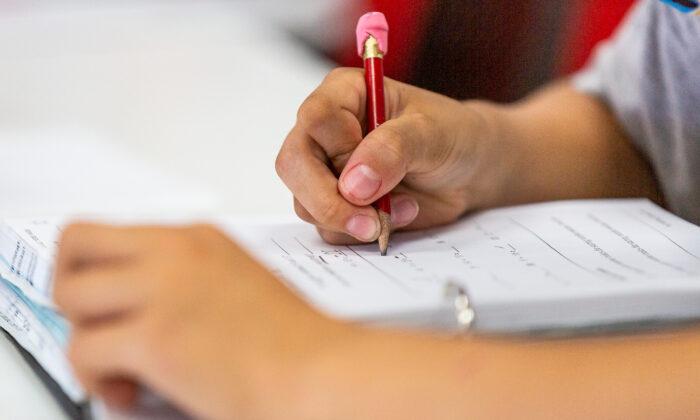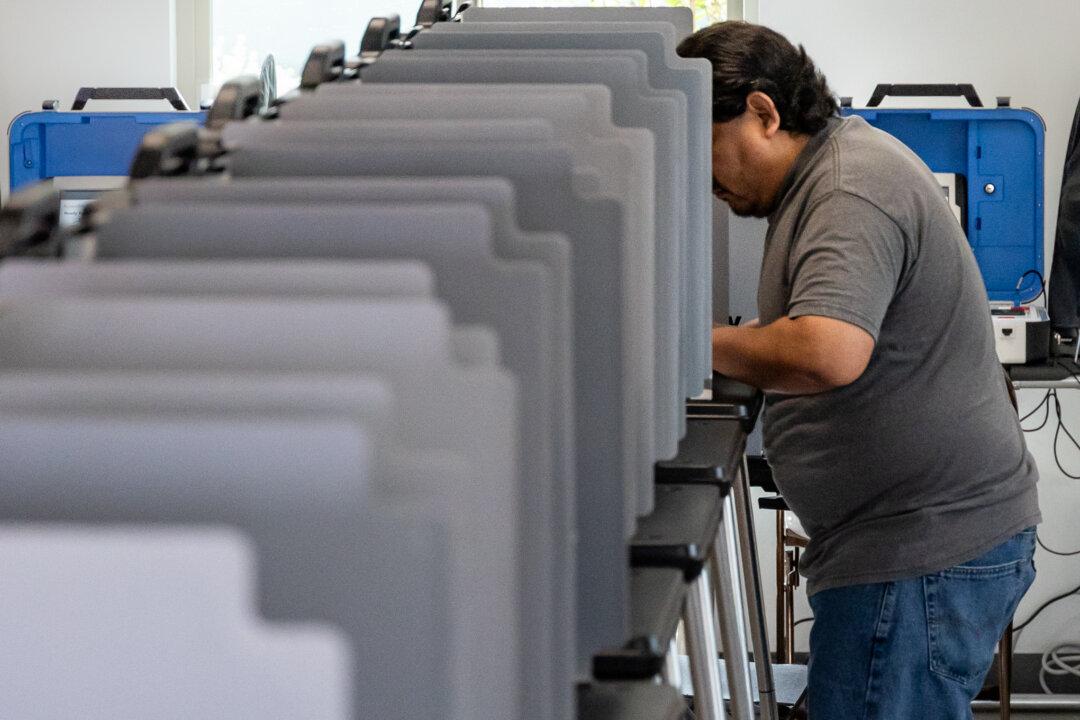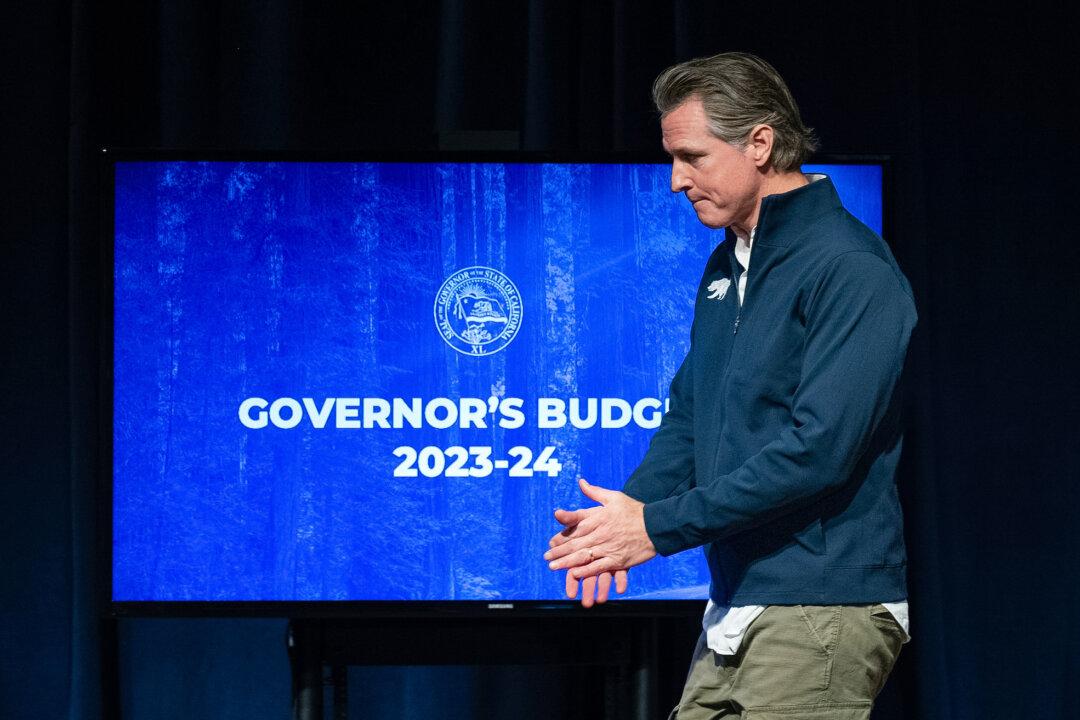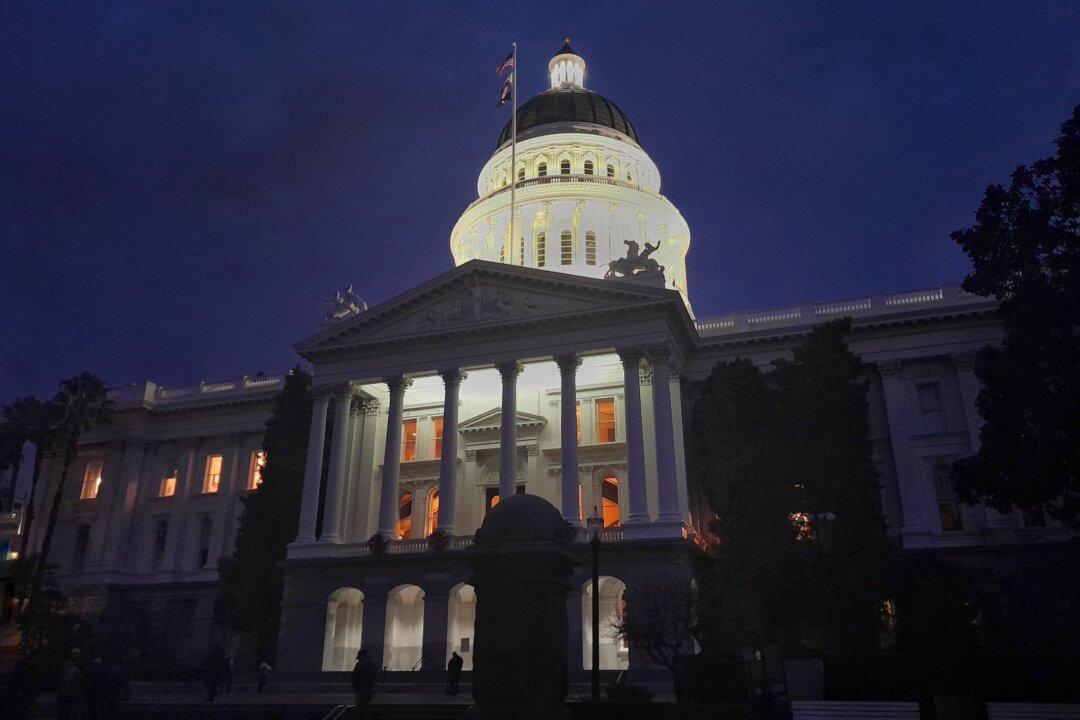When asked why one should vote to recall California Gov. Gavin Newsom, one response that seems to come up most frequently is that his four children are attending a private school.
While Newsom is kowtowing to the public-school teachers’ unions and shutting down educational opportunities this past year for some 6 million children, he can afford to send his kids to a private institution. How hypocritical can it be?
The governor has messaged to some 40 million people that California’s educational system isn’t good enough for his kids. And he’s right. So, I’ll spare you the sad statistics of just how poorly the Golden State’s educational monopoly system is performing.
No wonder so many of the Republican candidates for governor in the upcoming recall election support school choice.
In California, children are required to attend the campus within the school district where they reside. This ZIP code mandate has an exception. You can request an inter-district transfer. Getting an intra-district transfer also is possible, but not easy.
Owning a new home, with its high property taxes, makes private school difficult for most young couples with school age children. They are limited to the school in their immediate neighborhood. That’s fine if the local public school system is providing excellent teachers and administrators. But, with minimal competition, the fear is that the staffing becomes complacent, arrogant, and lazy. After all, parents have no other choice, so why should the school district be striving for excellence?
California parents have tried twice to remedy this paradigm by voting in a voucher school choice program for educating their children.
Proposition 174 in November 1993 went down to defeat, thanks to the teachers’ unions spending some $18 million in opposition. Prop. 174 would have provided vouchers for an amount representing one-half of what the state was then spending on teaching students—roughly $2,500—for private school opportunities.
In 2000, Proposition 38 attempted vouchers again for about $4,000 per student. It also was defeated, garnering around 30 percent of the vote. The California Teachers Association and their campaign war chest, funded by union dues, was too powerful.
When an Orange County resident approached me in 2017 about doing another school choice ballot measure, I reminded him of these two prior efforts. But he had a different idea. Determine how much California spends on each student and allocate that amount to each of them, allowing the funding to follow the student.
Let me explain. In 1988, Californians approved Proposition 98. In a nutshell, it requires roughly 40 percent of the state’s General Fund to be dedicated to education. Divide this amount by the approximately 6 million school age students, and that now translates into about $14,000 per eligible child.
If the neighborhood school is fine, and parents continue having their children attend it, then these funds stay with the school district. If the parents select a private school, then they have $14,000 for a year’s tuition. If the tuition is higher, then they pay the difference. If it is lower, then the savings are added to the students’ next year’s funding. After graduating from the 12th grade, any remaining unused funds can be applied against the college tuition at a California state university (CSU) or University of California (UC) campus for successful applicants.
This idea made great sense, and I proposed legislation in 2018, Senate Bill 1344 and Senate Constitutional Amendment 16, to accomplish this objective.
As you can imagine, the Democrats on the Senate Education Committee, being beholden to the California Teachers Association, unanimously opposed the bills. If a bill doesn’t get out of committee, then it is killed. On April 4, 2018, state Sens. Allen, Galgiani, Leyva, and Pan killed the Education Savings Account Act of 2020.
The story didn’t end there. This exercise provided the template for a school choice ballot measure, as it was thoroughly reviewed by one of the best law firms in the state, the legislative counsel inside the Capitol, to make it litigation-proof.
The originator of the bill’s idea decided against putting it on the 2020 ballot. A group out of the Pasadena area, School Choice Foundation, decided to run with the ball for the 2022 November ballot. Along the way, they collaborated with two other groups to improve SB 1344, such as removing the eligibility for only the UC and CSU systems and making the unused funds available for any college or trade school.
At the conclusion of this exercise, the leadership of the School Choice Foundation decided to disregard several of the suggested editing changes. Regretfully, a meeting of the minds couldn’t be achieved and one of the new groups, Fix California, decided to also submit their version to the secretary of state. Consequently, you will see two like-minded volunteer organizations pursuing signatures for two similar ballot measures, both based on my legislative efforts.
The good news is that school choice initiatives are moving forward. The bad news is that personalities and disagreements about stated understandings will generate two versions and may split the donor and volunteer community. One can only hope that egos will get out of the way and a compromise can be achieved after the secretary of state, legislative analyst, and attorney general conclude the administrative vetting process for both submissions.
Giving inner city parents the ability to allocate $14,000 toward their children’s tuition will give them the same ability to send their children to the private schools that the Newsoms enjoy. A good education for their children is the highest priority of parents. They know that this is the best road to a successful adulthood.
And every parent wants their children to succeed—not just governors who have the financial well-being to do it on their own, yet mandate that everyone else endure a mediocre school system.






Friends Read Free